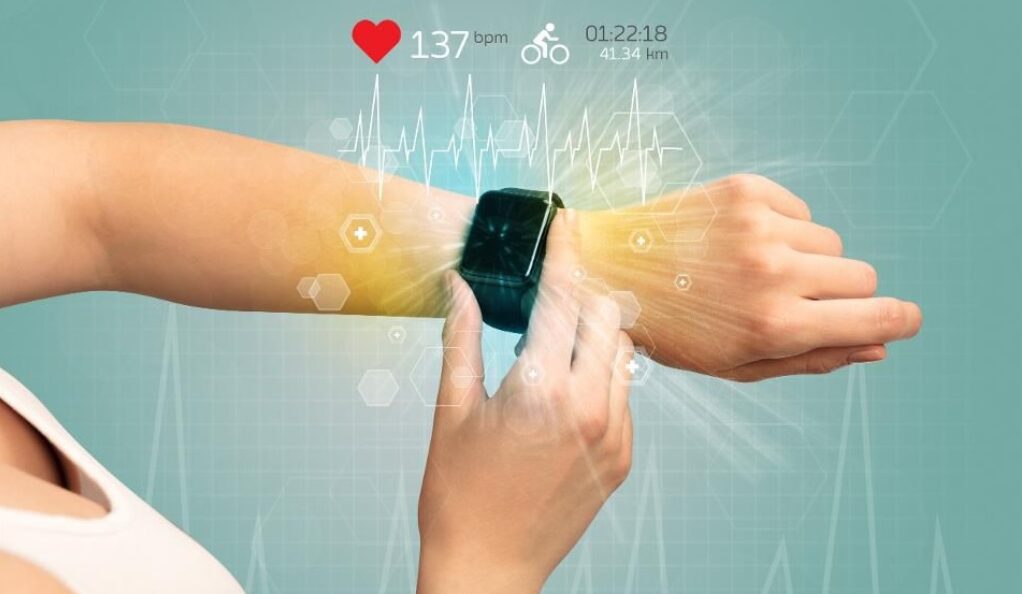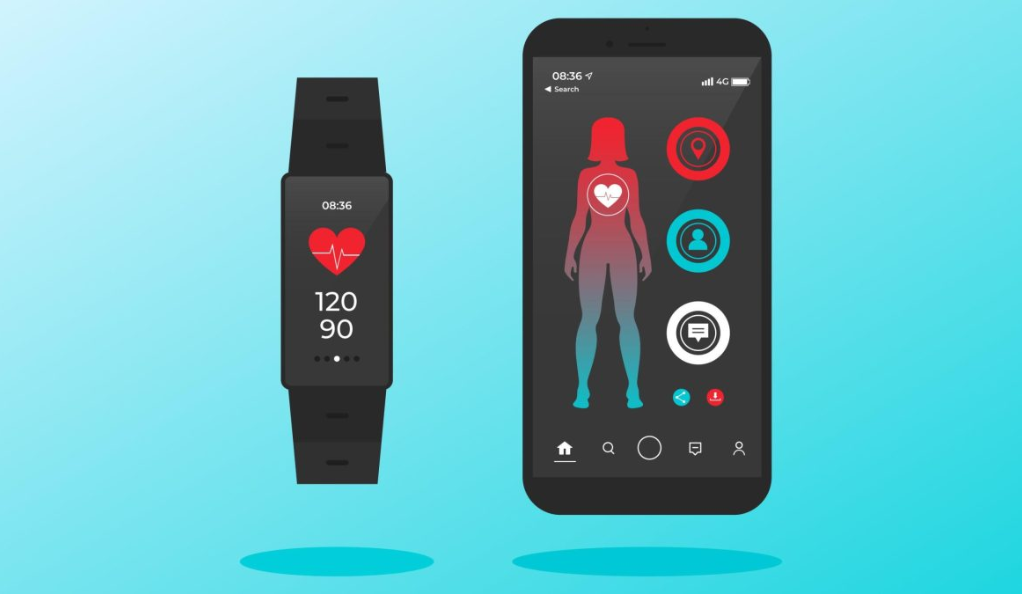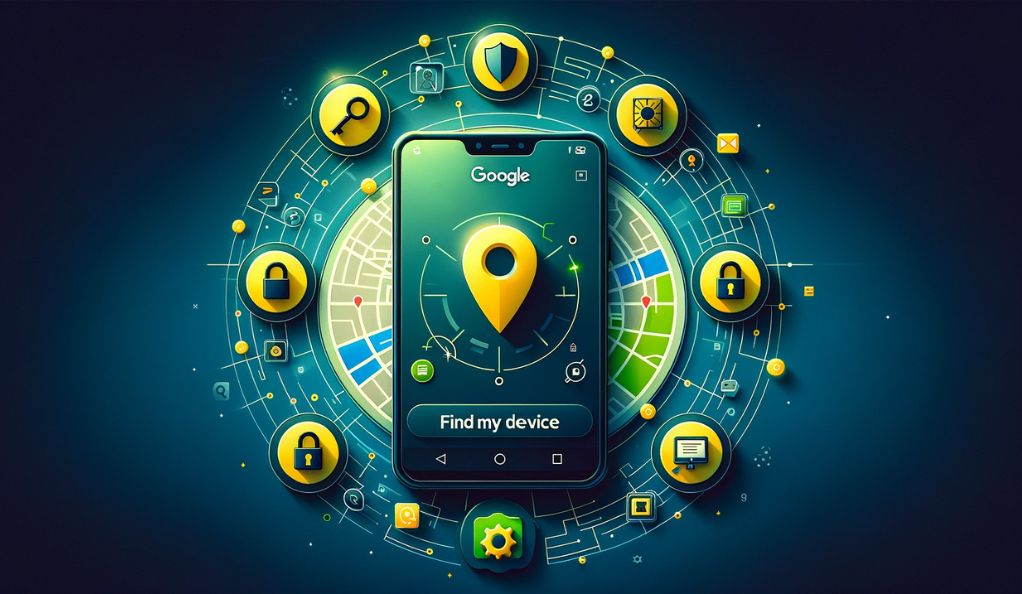Introduction to Wearable Technology
Wearable technology, a revolutionary blend of fashion and function, has rapidly evolved from a niche concept to a mainstream staple in our daily lives. These devices, ranging from health-monitoring smartwatches to sleek smart rings, offer an unprecedented level of convenience and connectivity. However, with their rise in popularity, particularly influenced by the remote work revolution and an increased focus on health monitoring, it’s crucial to understand their functionality and the security risks they pose.

The Landscape of Wearable Devices
- Smartwatches and Fitness Trackers: These are perhaps the most recognized forms of wearable technology. Brands like Apple, Samsung, and Fitbit dominate this space, offering devices that not only tell time but also track your health metrics like heart rate, sleep patterns, and even blood oxygen levels. The latest models are even exploring the inclusion of blood pressure and glucose monitoring features.
- Smart Rings: A newer entrant in the wearable market, smart rings like the Oura Ring and the Movano Ring, have started to gain traction. These rings are designed for continuous health monitoring, tracking aspects such as sleep patterns, activity levels, and body temperature.
- Augmented Reality (AR) Glasses and Headsets: Devices like the upcoming Apple Vision Pro are set to redefine our interaction with digital content. These wearables provide immersive experiences, overlaying digital information onto the physical world.
- Smart Clothing: This emerging category includes garments with embedded sensors for various purposes, ranging from fitness tracking to enhancing entertainment experiences.
The Rise in Popularity
The surge in the popularity of wearable devices can be attributed to several factors:
- Remote Work and Health Monitoring: The transition to remote work has amplified the need for devices that facilitate virtual collaboration while also keeping a check on health metrics. Wearable devices have become essential tools in this regard, offering features that cater to both productivity and wellness.
- Advancements in Technology: The rapid technological advancements in sensor accuracy and battery life have made wearable devices more reliable and user-friendly.
- Increased Health Awareness: The global health crisis has heightened awareness about personal health and fitness, driving more people to adopt wearables for health monitoring.
Understanding the Security Risks
Wearable technology, while offering a plethora of benefits, is not immune to security vulnerabilities. These devices, due to their connectivity and data collection capabilities, can be prone to various security threats. Understanding these risks is the first step towards ensuring the safety of your personal information.
Common Security Vulnerabilities
- Data Breaches: Wearables collect and store vast amounts of personal data, from health metrics to location tracking. This makes them attractive targets for cyberattacks aiming to access sensitive personal information.
- Unsecured Network Connections: Many wearables connect to the internet or sync with other devices via Bluetooth or Wi-Fi. These connections, if not secured properly, can be exploited by hackers to gain unauthorized access to the device and its data.
- Lack of Robust Authentication: Some wearables may not have strong authentication mechanisms, making them susceptible to unauthorized access. Devices lacking two-factor authentication or robust encryption are particularly at risk.
- Firmware and Software Vulnerabilities: Like any technology, wearables are susceptible to vulnerabilities in their firmware and software. If not regularly updated, these vulnerabilities can be exploited by cybercriminals.
Mitigating Risks
To counter these risks, it’s crucial to take proactive measures:
- Regular Software Updates: Keep your device’s firmware and software up to date. Manufacturers often release updates to patch security vulnerabilities.
- Secure Connections: Be cautious about the networks your device connects to. Avoid using public Wi-Fi for syncing your wearable and ensure Bluetooth connections are secure.
- Data Management: Be aware of the data your wearable collects and where it is stored. Utilize any available settings to limit the amount of personal data your device collects or shares.
- Physical Security: Treat your wearable like any valuable item. Ensure it’s securely fastened when worn and stored safely when not in use.
Protecting Your Data: Practical Tips
Ensuring the security of your data on wearable devices involves a combination of good practices and awareness. Here are some practical tips to help safeguard your information:
- Use Strong Authentication: Where available, enable two-factor authentication and use strong, unique passwords for your wearable device accounts.
- Monitor Connected Apps: Regularly review the apps connected to your wearable device. Ensure they are from reputable developers and have necessary privacy policies in place.
- Be Wary of Third-party Applications: Be cautious when downloading third-party apps onto your wearable device. They can sometimes be sources of malware or other security threats.
- Educate Yourself About Device Capabilities: Understand the capabilities of your wearable, especially regarding data collection and sharing. Adjust the settings to maximize privacy and security.
- Consider a VPN: For added security, especially when syncing data over public networks, consider using a VPN service on the device that pairs with your wearable.
Emerging Trends in Wearable Tech
The world of wearable technology is continually evolving, with new trends emerging that promise to further integrate these devices into our daily lives. These advancements not only offer enhanced convenience and functionality but also present new challenges and opportunities in the realm of security.
Health Monitoring and Workplace Safety
In the healthcare sector, wearables are becoming increasingly sophisticated in monitoring patient health. Devices now can track a wide range of health metrics, including heart rate, sleep patterns, and even blood glucose levels, providing valuable data for personalized healthcare. In occupational settings, wearables like smart helmets and environmental sensors are revolutionizing workplace safety, ensuring compliance and preventing accidents in high-risk industries.
Augmented Reality and Remote Collaboration
Augmented reality (AR) headsets are transforming the workplace, especially in the context of remote work. These headsets enable virtual collaboration and immersive meetings, making geographical distances irrelevant. This technology fosters enhanced productivity and connectivity for remote teams.
Entertainment and Gaming
In the entertainment and gaming sectors, wearables are adding a new dimension to user experiences. Virtual reality (VR) headsets offer immersive experiences, while gaming accessories with motion tracking and haptic feedback make gaming more interactive. Mixed reality wearables blend the physical and digital worlds, creating new forms of entertainment and engagement.
Smart Home and IoT Integration
Wearable technology is increasingly becoming integrated with smart home systems. Devices can now control various aspects of the home environment, from lighting and temperature to security systems. This integration not only enhances convenience but also raises questions about the security of IoT devices and the home networks they connect to.
Smart Strategies for Navigating Privacy Concerns
With the integration of wearables into various aspects of our lives, privacy concerns are more pronounced than ever. Protecting personal information and navigating privacy settings become crucial in this landscape.
- Data Encryption and Secure Storage: Ensuring that data collected by wearables is encrypted and stored securely is vital. This includes health data, personal identifiers, and biometric information.
- User Consent and Control: Wearable technology manufacturers must prioritize user consent, allowing users to have control over what data is collected and how it is used. Transparency in data usage policies is essential.
- Robust Privacy Settings: Users should have access to robust privacy settings, enabling them to decide the extent of data sharing and collection. This includes the option to opt-out of certain data collections or sharing.
- Awareness and Education: Users should be educated about the potential privacy risks associated with wearables and how to manage them effectively. This includes understanding the implications of data sharing and the importance of regularly reviewing privacy settings.
As wearable technology continues to evolve, balancing the benefits of these innovative devices with the need for robust security and privacy protections remains a key challenge. By staying informed and adopting smart security strategies, users can enjoy the advantages of wearables while minimizing risks.
The Future of Wearable Tech Security
The future of wearable technology security is an exciting and rapidly evolving frontier, marked by advanced developments and innovative approaches to safeguarding user data. As these devices become more integrated into our lives, the importance of robust security measures grows exponentially.

Anticipated Advancements in Security Features
- Biometric Security: Future wearables are expected to incorporate more advanced biometric authentication methods. This could include enhanced fingerprint sensors, facial recognition, and even retina scans, providing a more secure and personalized way to access devices.
- AI and Machine Learning: The integration of AI and machine learning in wearables will likely play a significant role in security. These technologies can help in detecting unusual patterns of usage, potentially flagging unauthorized access or attempts at data breaches.
- Blockchain Technology: Blockchain could be utilized for creating decentralized and tamper-proof data storage solutions for wearables, ensuring data integrity and security against hacking attempts.
- Improved Encryption Protocols: As wearable technology handles more sensitive data, the development and implementation of stronger encryption protocols will be crucial in protecting this data from cyber threats.
The Role of AI in Enhancing Wearable Tech Security
Artificial Intelligence (AI) is poised to become a key player in the realm of wearable tech security. AI algorithms can continuously learn from user behavior and adapt to new threats, providing a dynamic shield against potential security breaches. AI could enable:
- Predictive Security Measures: By analyzing data patterns, AI can predict and prevent security threats before they materialize, offering a proactive approach to wearable tech security.
- Personalized User Experience: AI can tailor security protocols based on individual user behavior, creating a more seamless and secure user experience.
- Automated Threat Detection and Response: AI systems can rapidly identify and respond to security incidents, minimizing the impact of any breaches and reducing the need for manual intervention.
Ethical and Social Considerations of Wearable Technology
As wearable technology advances, it also raises significant ethical and social considerations:
- Data Privacy and Ownership: Issues around who owns the data collected by wearables and how it is used are increasingly important. Users should have a clear understanding and control over their data.
- Digital Divide: The advancement of wearable tech also risks widening the digital divide, as those without access to the latest technologies could be disadvantaged.
- Health and Safety Standards: Continuous monitoring and data collection raise questions about the long-term health impacts of wearables, necessitating strict safety standards and user guidelines.
Looking forward, the field of wearable tech security is set to be an area of dynamic growth and innovation. By staying informed and engaged with the latest developments, users can navigate this landscape safely and make the most of the exciting possibilities wearable technology offers.
Conclusion
In conclusion, as wearable technology becomes increasingly integrated into our daily lives, understanding and prioritizing its security is paramount. From smartwatches to AR glasses, these devices offer incredible benefits but also bring significant security risks. By staying informed about common vulnerabilities, adopting practical data protection strategies, and keeping an eye on future security advancements, users can enjoy the conveniences of wearable tech while safeguarding their personal information against potential cyber threats.








